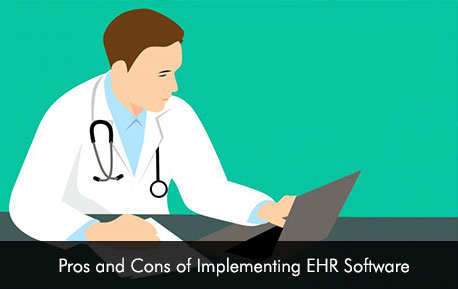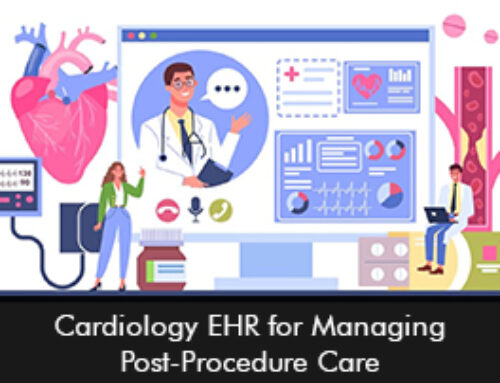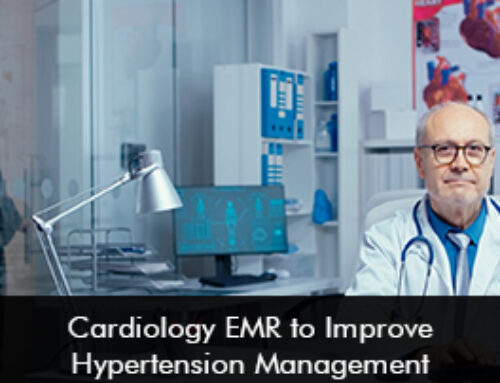Being a healthcare provider it is important to know what benefits your practice especially in the time of digital health and technology. Staying updated means you will take the right steps to make your workflows productive and hence focus on your patient which you love to do.
One of the main reasons for high Electronic Medical Records (EMR) software adoption is due to the availability of government reimbursements for hospitals and clinics that implement the software system. It is recorded that in the United States 80% of clinicians use a certified EMR and EHR software solution.
The pros of EHR software
These robust software systems support healthcare providers and staff members to streamline daily workflows. Let’s look at the good side of these software solutions offers hospitals and clinicians.
- Enhanced data accessibility – Earlier it was a tedious task to pull outpatient information from a place where it was stored and then stamped and sorted out during the patient visit. Manually it took a lot of time and effort and there was also a chance of human error. With the inception of EMR software systems, clinicians have remote access to patient charts and data 24/7. A mobile EMR software system lets the physician have complete data access from their smartphones which ultimately improves patient care as the doctor is better informed about patient history which is crucial to provide better treatment.
- Improved charge capture – EMR software systems have led to easier charge capture tracking. By billing insurance providers accurately and rapidly clinics can receive payments earlier. For example, Citizens Memorial reduced its AR from 80 days to less than 50 days. (HIMSS)
- Improved efficiency – By deploying these powerful software systems clinics have realized an increase in efficiency due to the automation of procedures such as scheduling, billing, and accounting. This has led clinics to spend more time on their patients. Features in the EHR software such as in-built templates result in easier documentation and patient data can be reviewed faster which results in productivities.
- Improved care delivery – The ultimate goal of healthcare is to find out ways to enhance patient care. Through these software systems, better medication management can prevail and preventative health screenings are possible with all preventive health records in one place. Alerts feature in the EHR software allows doctors to know if a patient has an allergy and can hence prescribe safe medications.
The cons of EHR software
The software system is not entirely free of disadvantages, but it’s a sigh of relief to know that the advantages outweigh the drawbacks.
- Cybersecurity – When your patient records are stored electronically hackers are tempted to attempt cybercrimes. Due to this very threat, hospitals and clinics must invest in an EMR software system that is HIPAA Compliant to ensure data protection and security.
- Opportunity cost of time and money – It takes time from the research to the actual purchase from the EMR vendor. Since you know it’s a big investment, you’ll research extensively, read authentic customer reviews, ask for a product demo, do your shortlisting, and strike the final choice to get value out of the money spent. Even after the final purchase time will be invested to train staff members to use the software system to reap the complete benefits.
The final take –
It’s clear that the benefits are more but for a small practice set-up, it might be a difficult task to find the budget to deploy an EMR software system. Fortunately, there are free EMR software options which offer functionality, ease of use, and complete benefits some examples include GEHRIMED EMR Software and Compulink Healthcare Solutions.







